The roll over from the 1970s into the 80s saw Agfa boldly launch two new 35mm camera systems. I say boldly as the implosion of West German camera manufacturing was all but complete, bar the shouting. Either Agfa was in denial or this was a genuine last ditch attempt to save the industry. These were the Optima Sensor Electronic series of viewfinder cameras (Hamish reviewed the 1035 here) and a set of SLRs called Selectronic. It is the latter that I am going to review here, more specifically the Selectronic 2.
Now at this point, we must not get confused with a another line of Selectronics which was a previous and unrelated series of rangefinder cameras. Agfa had a habit of reusing names from their comprehensive suite of earlier products. Indeed, the term Optima had likewise been used a few times before. No doubt a reference to historical successes (or lack of imagination?). The Selectronics here were three SLRs: the manual exposure Selectronic 1, auto only Selectronic 2 and yes, you’ve guessed it, the Selectronic 3 which was fully featured.
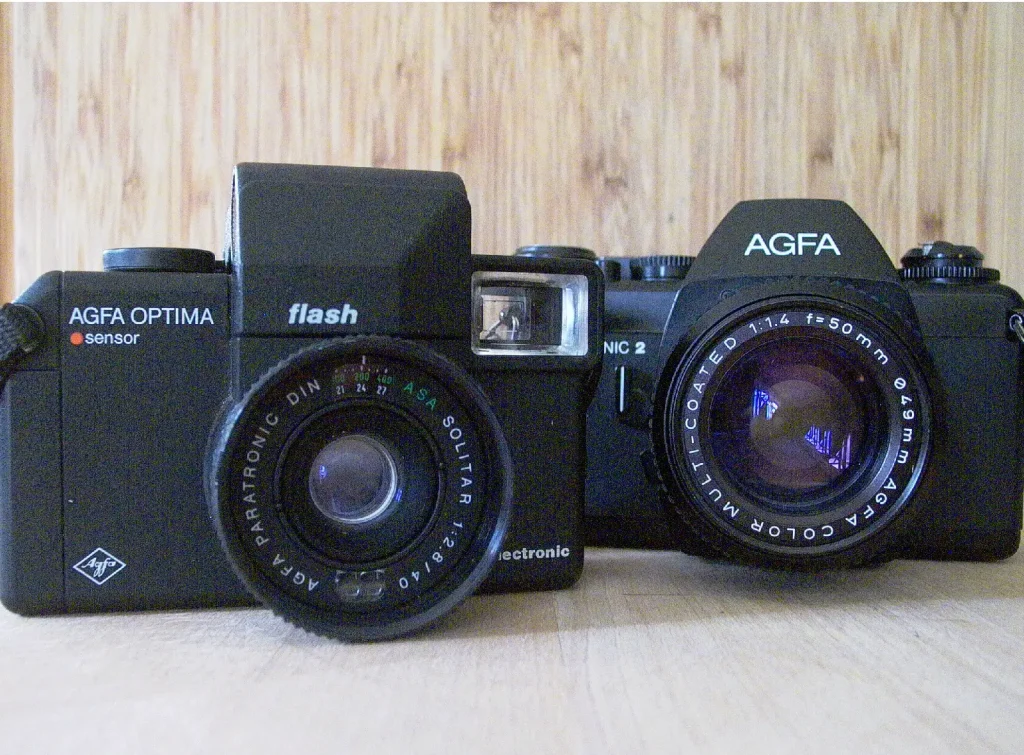

This would be a good time to explain the tag line “best of both worlds” from the title of this post. You see, these SLRs were the product of two camera makers, one being from Germany (obviously Agfa) and the other based in Japan, which was…..Chinon (yes, Chinon!). And I feel they ended up with a decent trio of cameras because of it.
There is nothing odd with Japanese cameras being sold under many brands. Actually, Chinon was specialised in doing so. Their gear can be found labelled as Prinz (Dixons, UK), Revue (Quelle, Germany), Ifba (Flash, France), Hanimex (Hannes, Australia), GAF (Ansco, USA) to name a few, in addition to plain old Chinon. But these were merely an exercise in rebadging. The Selectronics were a different set-up altogether. Whilst the camera was built around an existing Chinon chassis with all its features intact, the body was overhauled to become a new, modern, functionalist-influenced model with a typical Agfa look. This was achieved by design agents Schlagheck-Schultes, who had worked with Agfa before on projects such as the hugely successful Agfamatic ‘ritsch-ratsch-klick’ cassette cameras.
At the this point, I would like to recommend taking a slight detour to a previous Hamish post of functionalist camera design here, and also a very interesting and related YouTube video on the aforementioned Agfamatics here. See you soon.
Welcome back, history lesson over for now. What particularly appeals to me is that this functionalist industrial form makes for an attractively greater camera. The Selectronic SLRs are just more pleasing to look at than their Chinon counterparts, which seem to be stuck in a time warp with their staid look. As much as I like Chinons (I currently have eight), their SLR series of this era – CA4, CS4/CM4, CE4 – are rather naff to look at. My Selectronic loses the rough body covering in favour of a smoother layer with a light texture. The remaining body is shiny and shapely. The plastic Chinon badge is replaced with AGFA imprinted white on the front of the prism, proudly declaring its brand. Not only is the Agfa aesthetically superior to the Chinon, I find it is ergonomically improved too. It feels really nice in the hand; it is comfortable to use. I suspect that I have been swung by the principle that practicality equals beauty i.e functionalist ideology.
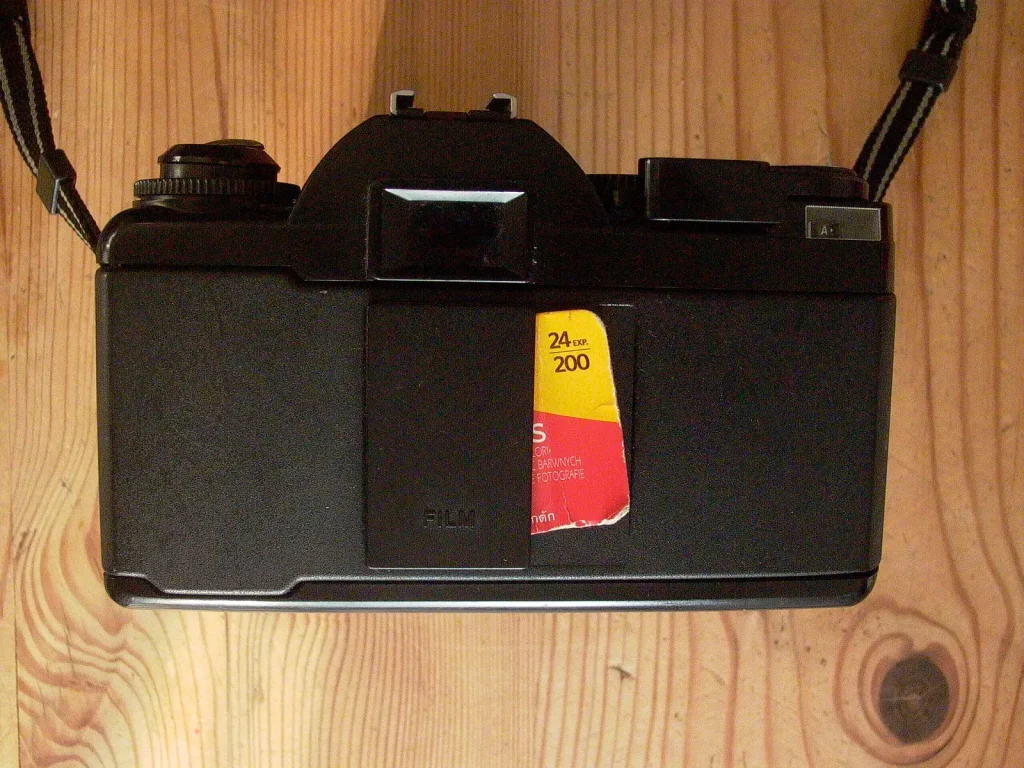
But how does the Selectronic 2 perform? Is it actually better than its CA4 equivalent? Probably the most obvious operational aid is the addition of a large soft shutter release: the so-called ‘sensor punkt’ which Agfa introduced to some of its cameras in the late 1960s. This big red button is easy to find on the top of the camera plate without looking – so handy while your eyes are at the viewfinder. Being a tactile pad, the idea is to fire the shutter by touch rather than a forced press down. This helps to avoid camera shake. Indeed, I do feel confident enough to shoot at 1/30th from time to time with the 50mm prime – only if I really need to though.
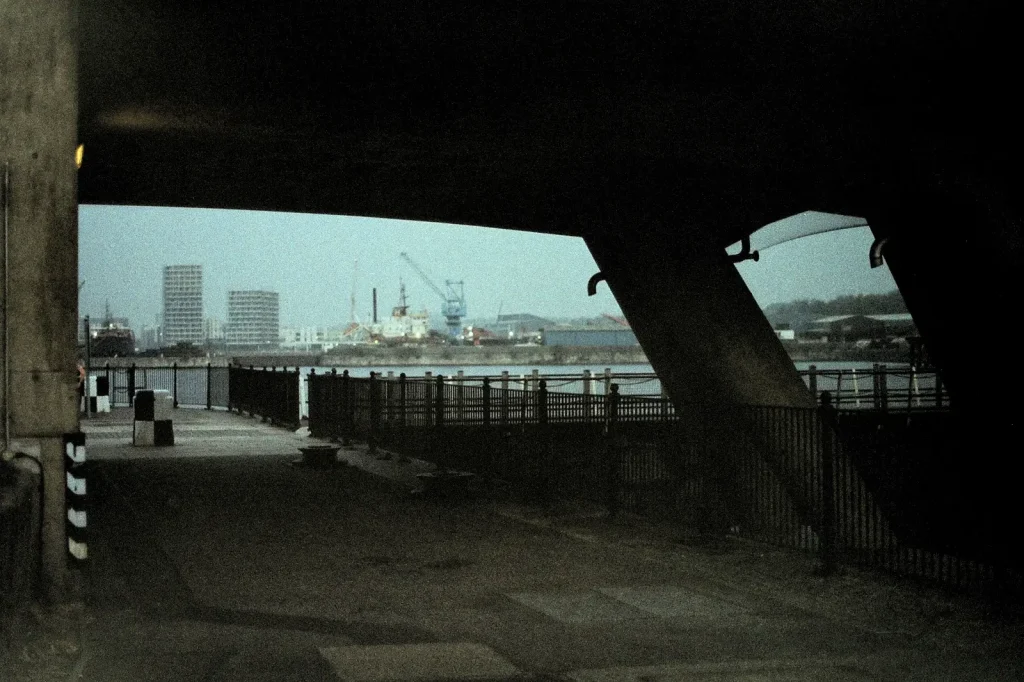
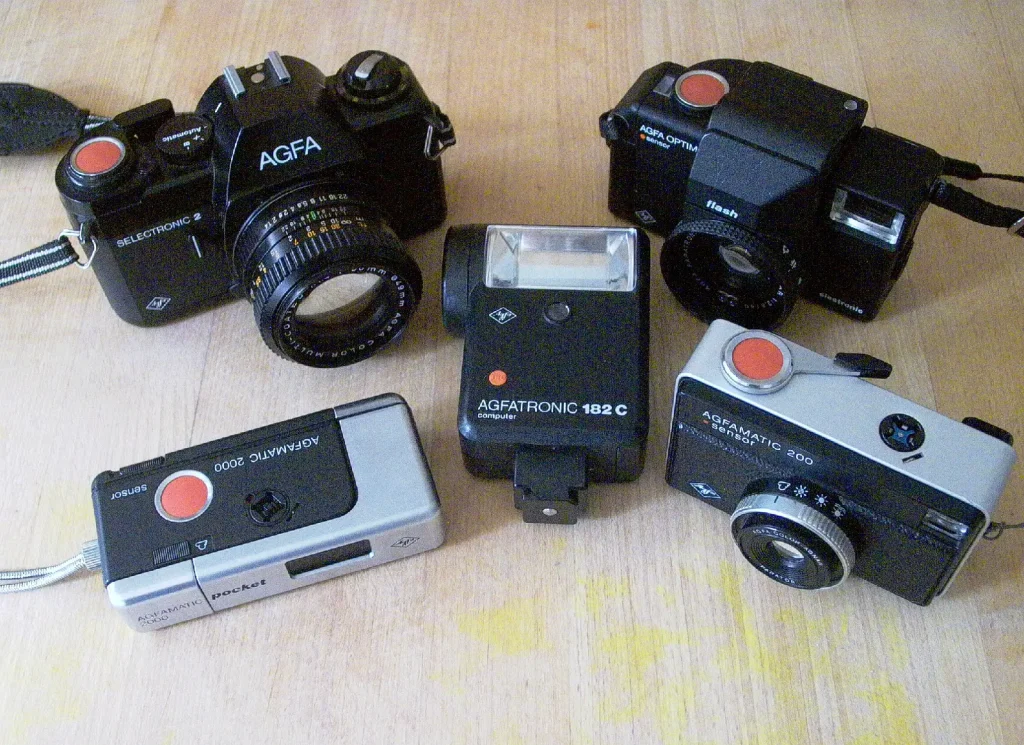
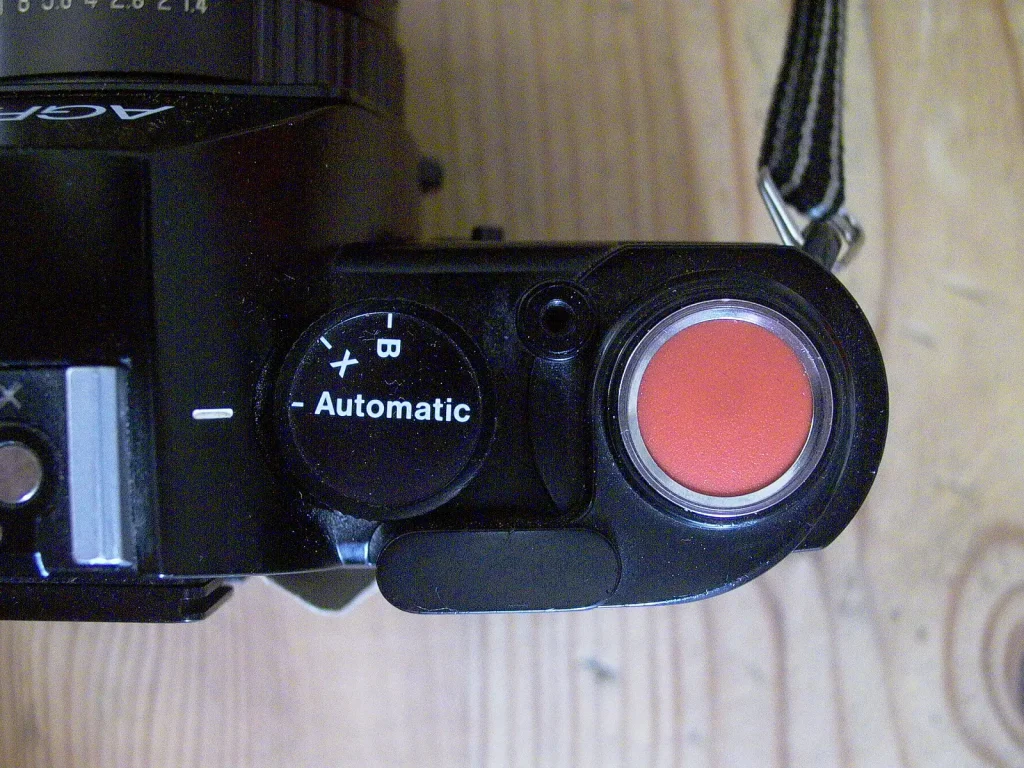
The red button definitely works great with my other Agfa cameras but there is one snag here with the Selectronic 2. I put this down to how Chinon designed their exposure meter. You see, Chinon achieved open metering with M42 SLRs in the mid 1970s utilising a half-depressed shutter button. They continued this idea when they changed over to the Pentax K mount with the CE4. This works wonderfully on their CA4 too. However, this obviously relies on a decent length trigger which is not present with the Agfa innovation. So if I want to take meter readings with my Selectronic 2, the action of actually pressing the red button more often than not results in an accidental photo. It’s just too difficult to depress half way – it’s all or nothing! Consequently, I find myself just selecting the aperture I think I need and hoping the automatic exposure sets a decent shutter speed. But I suppose that’s the point of an auto only aperture priority camera.
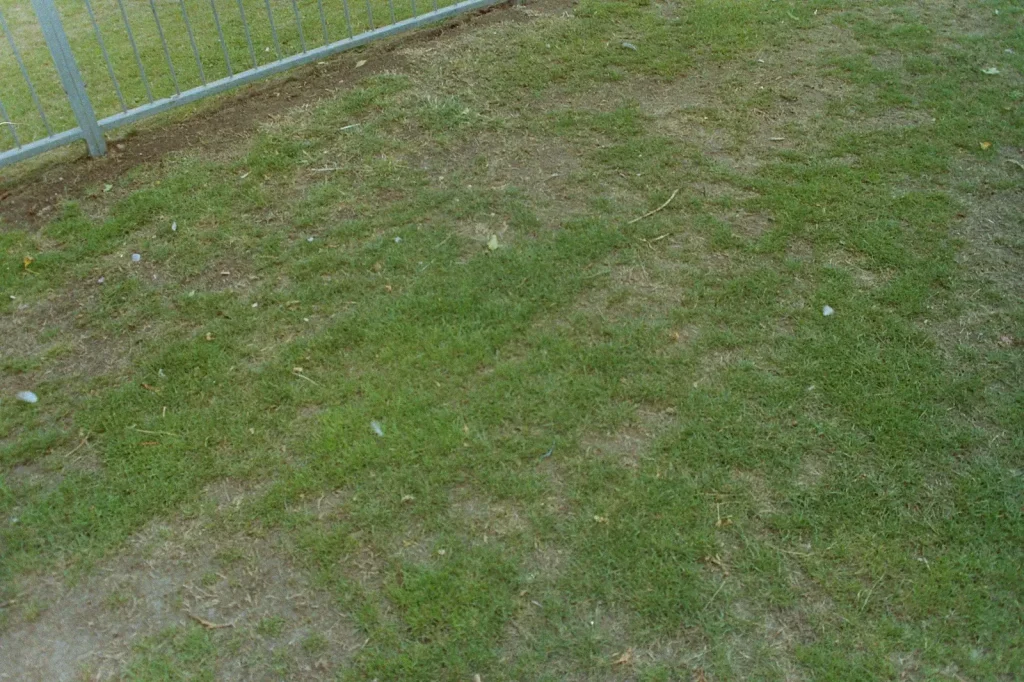
Alternatively, I often default to the X flash setting, which like Richard Wilford’s Pentax MG [read his post here] is set to a mechanical 1/100th, and choose the aperture according to sunny16. Also handy if the batteries run dead as they not only power the meter but also the electromagnetic shutter, stepless from 1 second to 1/1000th. Luckily, it does run on readily available cheap LR44 alkaline cells, silver oxide SR44 even better.
The 1980 Chinons in their various guises were shipped with either a 50mm 1.4, 1.7 or 1.9 standard lens. Agfa went for just the 1.4 version, accordingly re-labelled as Agfa Color Multi Coated. I have often read how these are “highly rated” but I think that this is just a case of repeating a previous source of information from the earlier days of Chinon SLR production. For example, this 1.4 lens is not the same 1.4 lens as Chinon was producing, say, between 1970 and 1975 that may have accompanied a Memotron or CX. Back then, their glass was generally made by Tomioka, and was rather good. Even though Chinon supplied lenses for their own cameras and for their rebadged offerings for other brands, they do not appear to have actually manufactured them: seemingly they had them made by other Japanese firms. And Tomioka was a premier optical house – their old lenses can command silly over the top prices today. This is partly due to an ongoing obsession of Tomioka by modern Japanese collectors, not unlike the Western excessive admiration for Contax T* lenses.

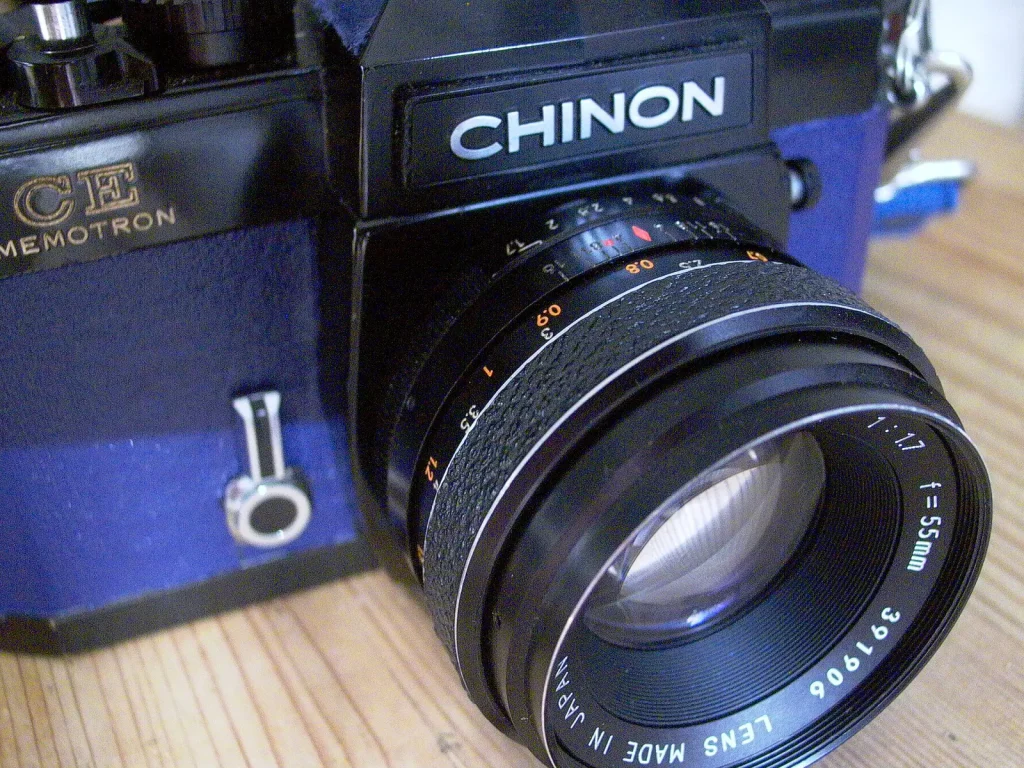
Anyway, by the late 1970s Chinon were seemingly sourcing their lenses more widely and possibly more cheaply. Companies such as Cosina were heading down the mass production route (some early Cosinon glass was also made by Tomioka, by the way), so you see can why Chinon would shop around. In fact, the Agfa 1.4 on the Selectronics was Cosina made [a good reference here]. I suspect that Schlagheck-Schultes had little input on its design. Indeed, it is virtually identical to the Auto Revuenon supplied by Chinon to Quelle for their rebadged SLRs [read Andrew Bogard’s post here], except for an apparent deeper grip on the aperture ring.
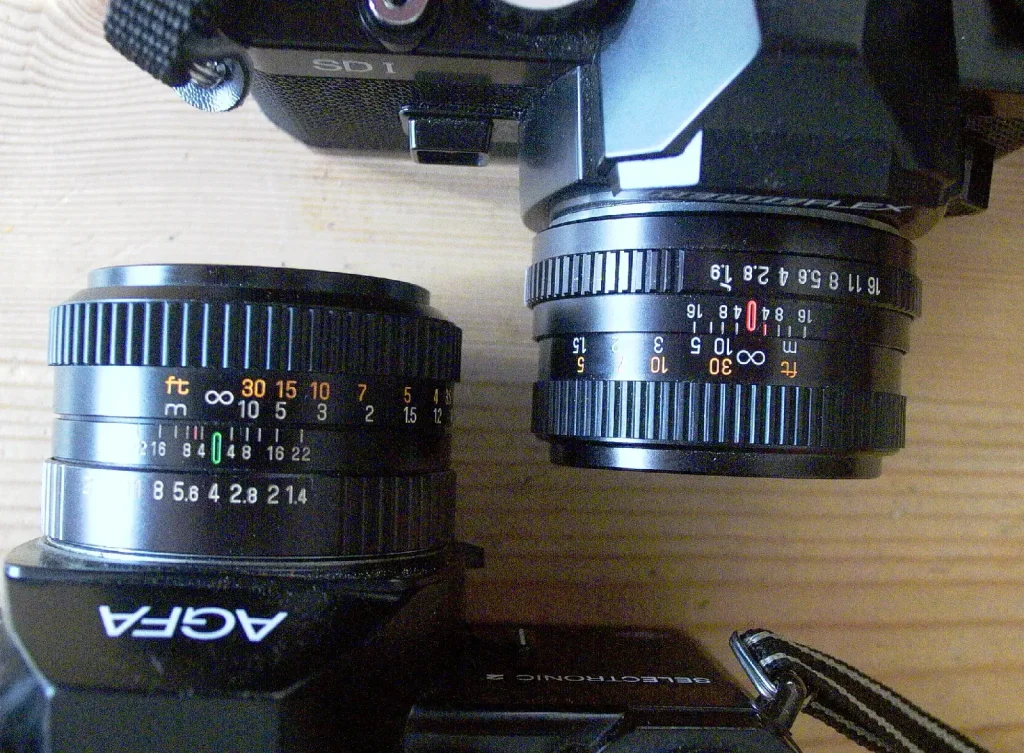
When I first got my Selectronic 2 I kept this kit lens on as I ran several test rolls. However, I soon found it underwhelming and not a patch on my older glass, so decided on seeking out an alternative. I had an Adaptall 2 adapter in Pentax K mount collecting dust in the cupboard. So I bought a Tamron 28-50 CF zoom, and for only a tenner. This has been my best buy for this past year. It suits the Selectronic 2 very well; it looks and performs way better than the 50 1.4 and is pretty much a permanent choice, especially for black and white film which I can home develop.
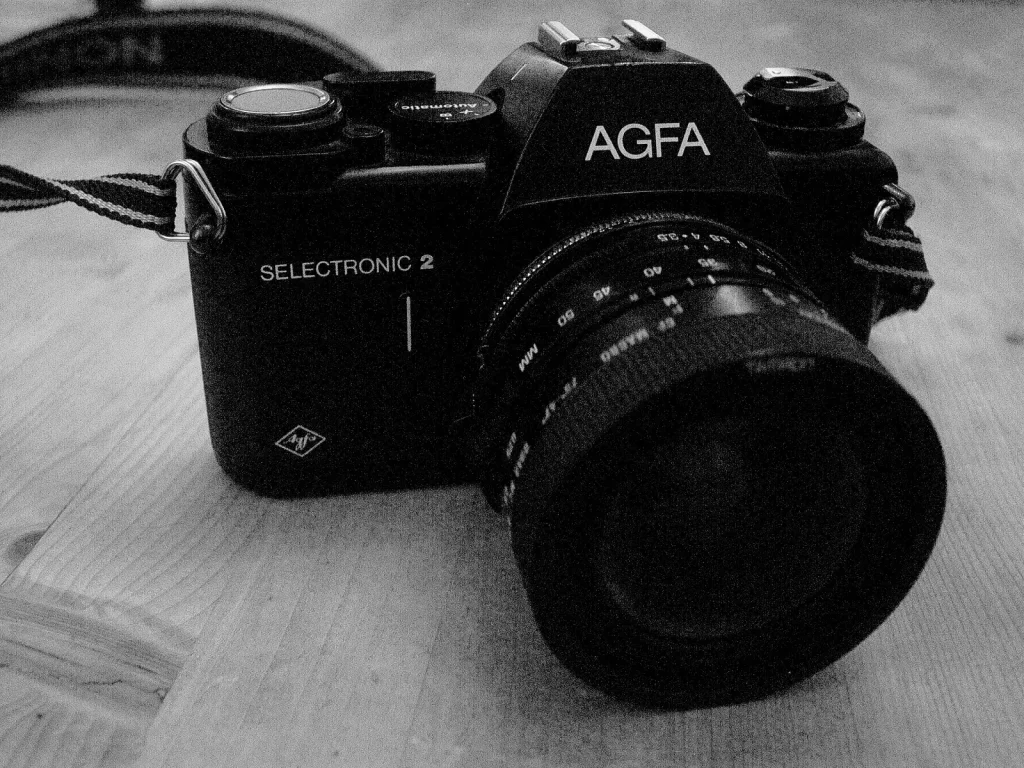
Probably time for some photos I have taken with my Selectronic 2…
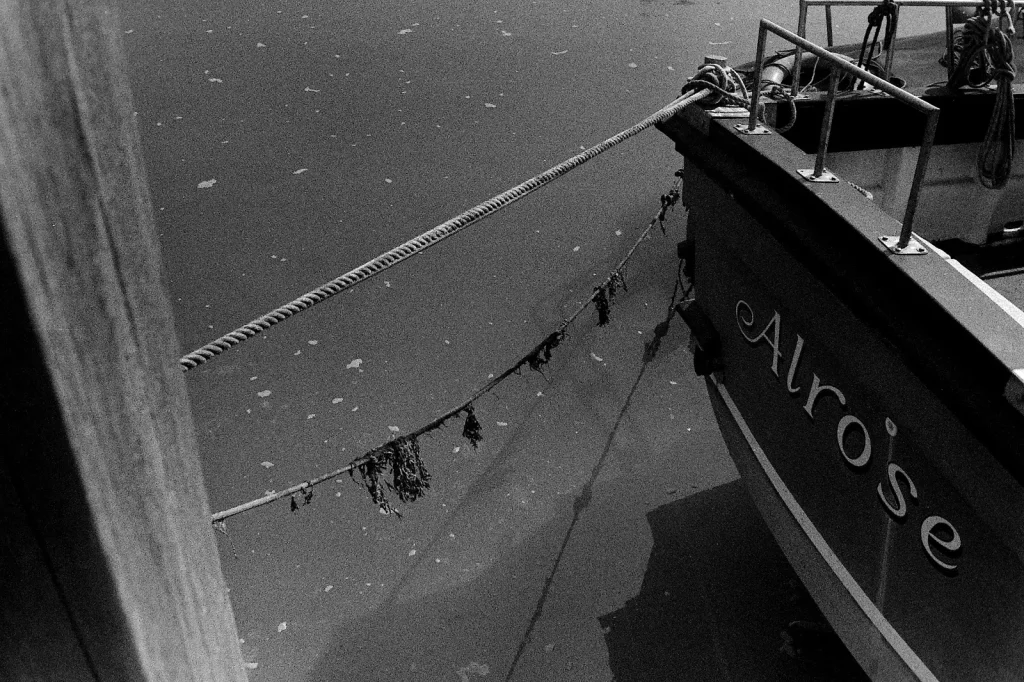
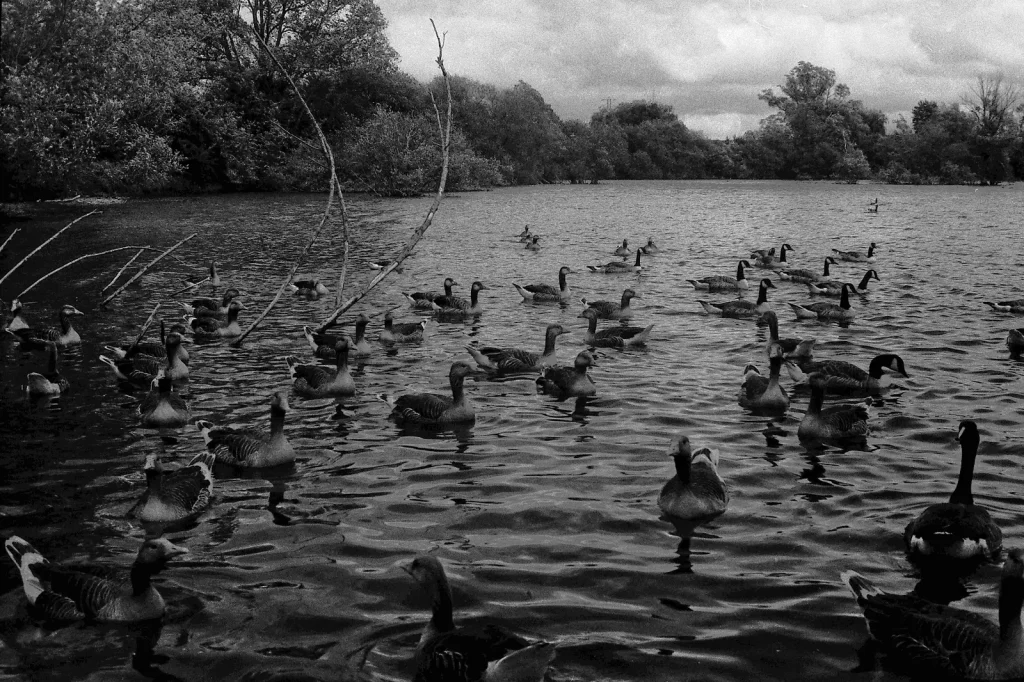
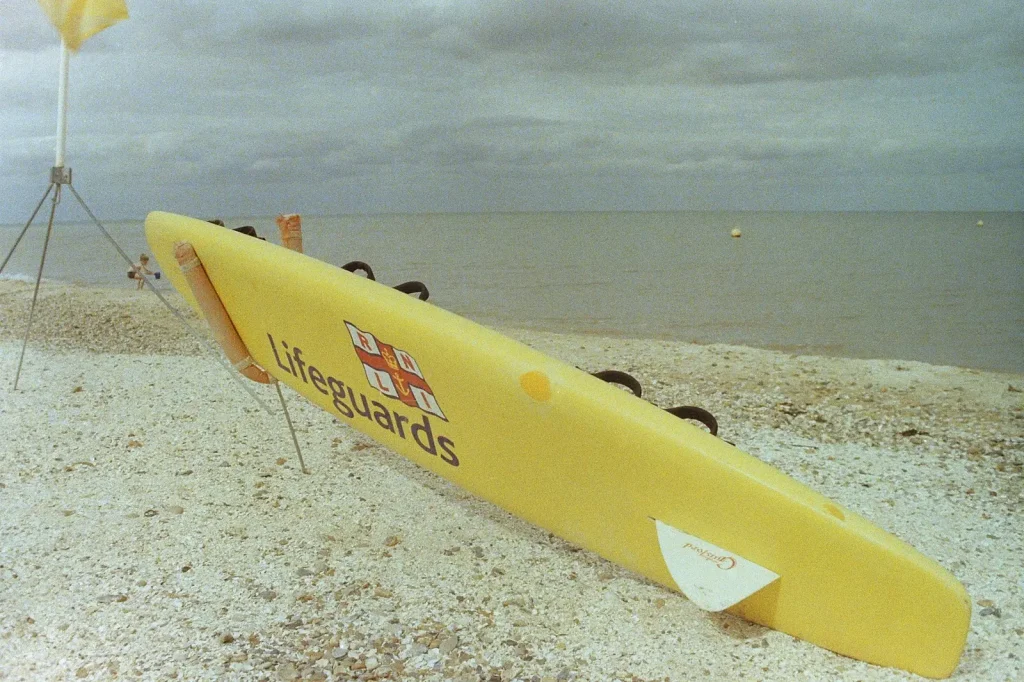
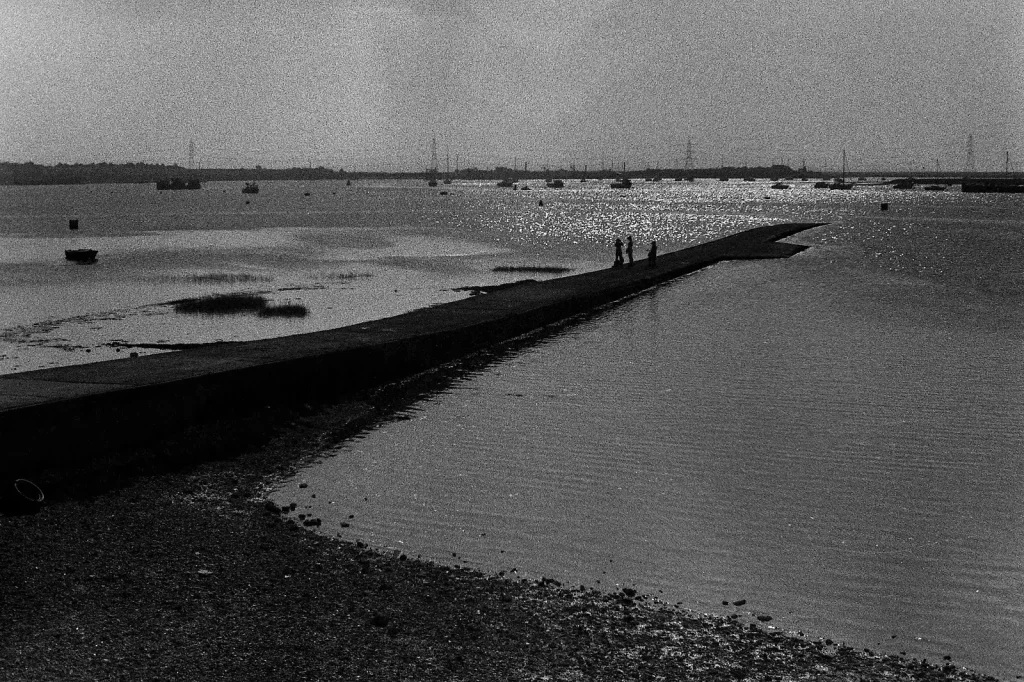
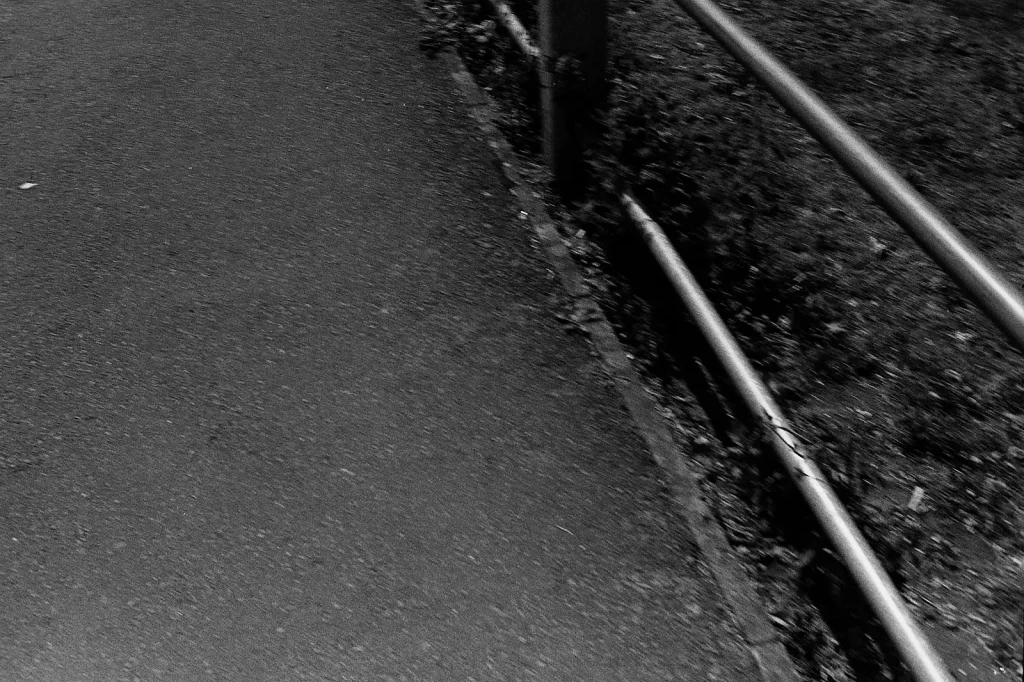
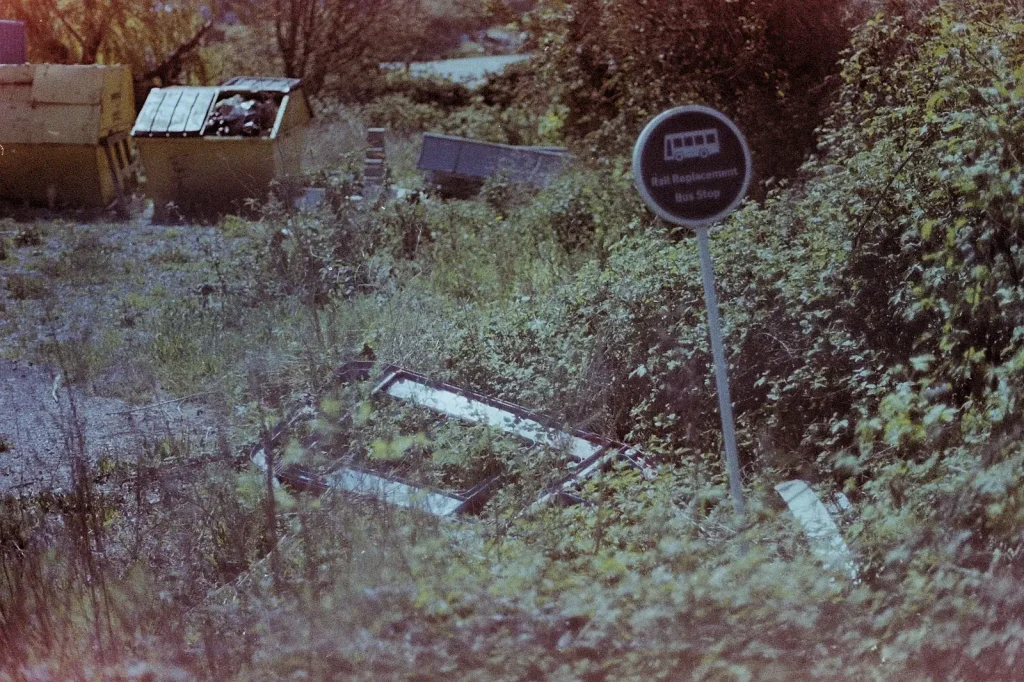
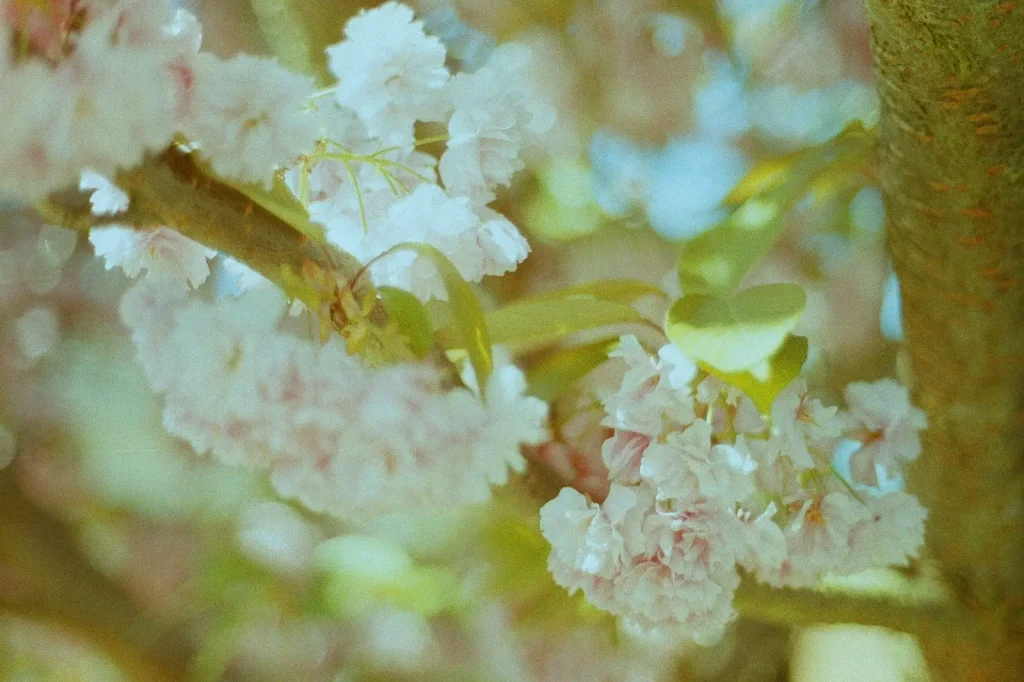
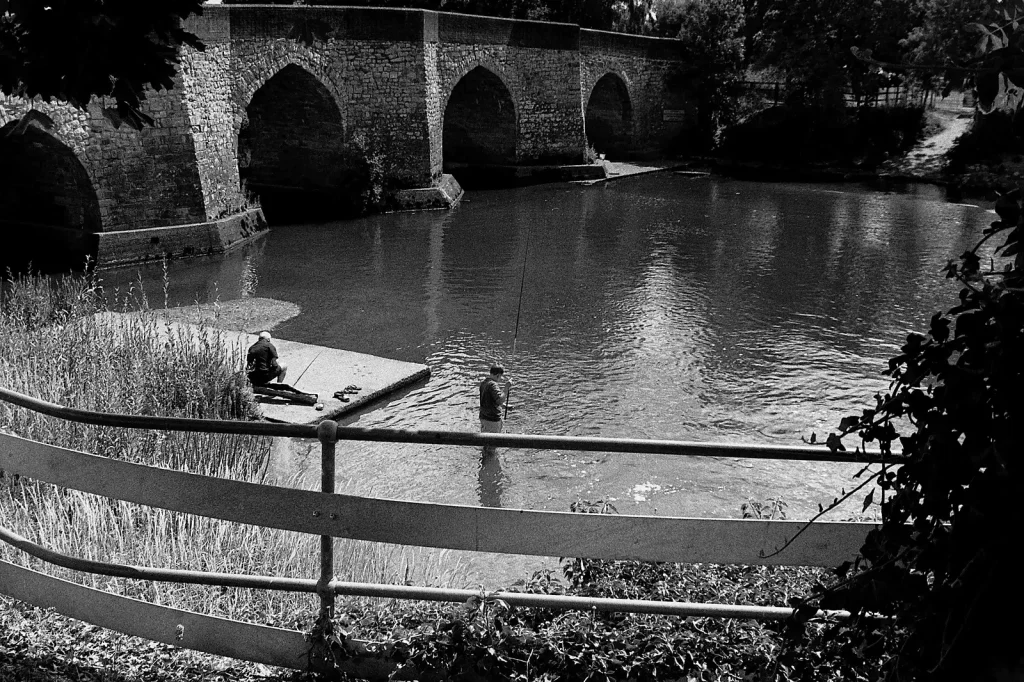
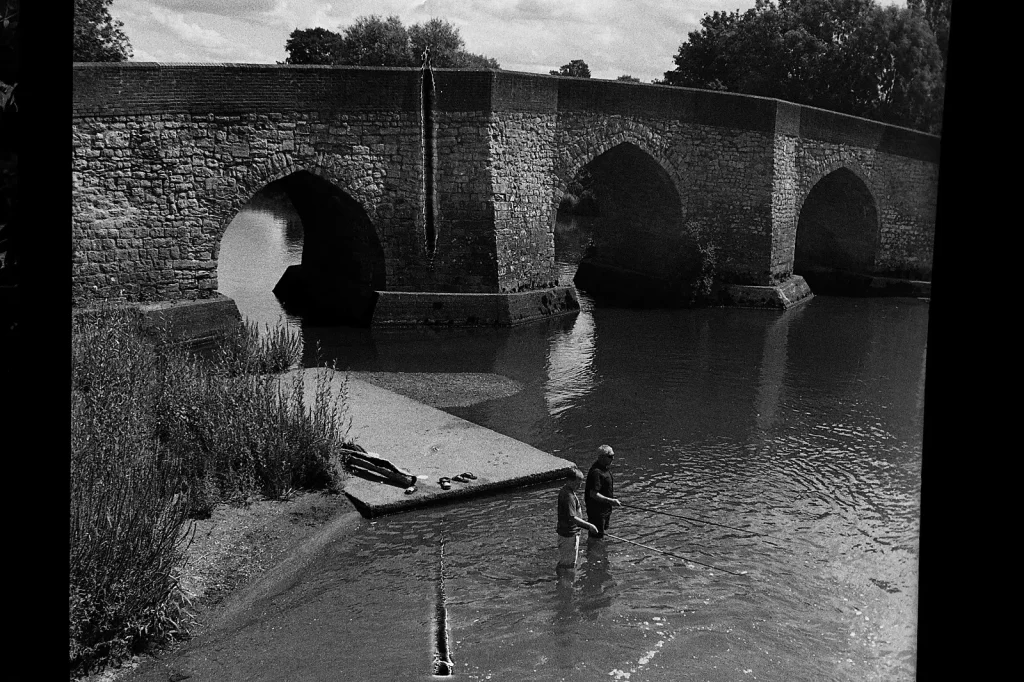
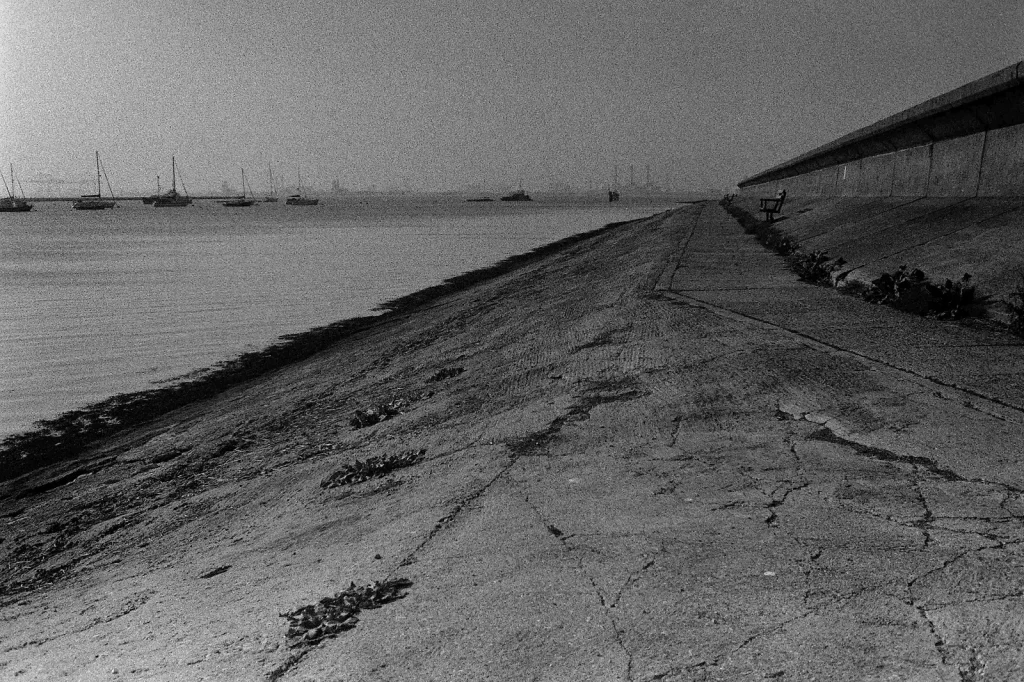
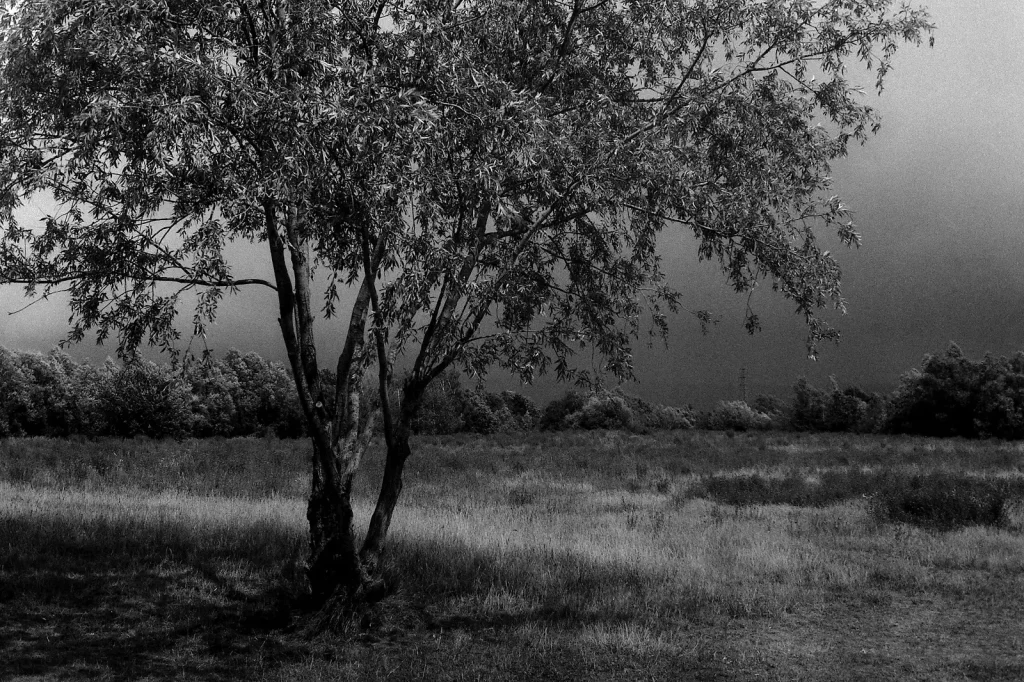
In conclusion, I quite like the Selectronic 2. It’s looks very good. It feels good. It performs okay. The Selectronic SLRs are rare today and consequently overpriced for what they are. This is because Agfa did not release many and they stopped in 1982.The public was not queuing up to buy them, despite advertising and a cool new design. Germans could buy virtually the same camera from Chinon, Quelle or Porst for less money than the deliberately inflated Agfa version – approx DM 480 as opposed to 600. Also, the West German camera manufacturing industry was dead. More innovative models from Japan were being made for maybe a third of the cost. There was also tough competition from cheap Prakticas arriving from over the border in East Germany. The end was beckoning for the Optima Electronics too, with production switching abroad. The final ever Agfa camera left their Portuguese production facility in 1983.
Would I recommend getting a Agfa Selectronic 2 SLR? Yes, but don’t pay too much and get yourself a better lens to go with it.
Thank you for reading, cheers Rock
Some stuff of mine here
Share this post:
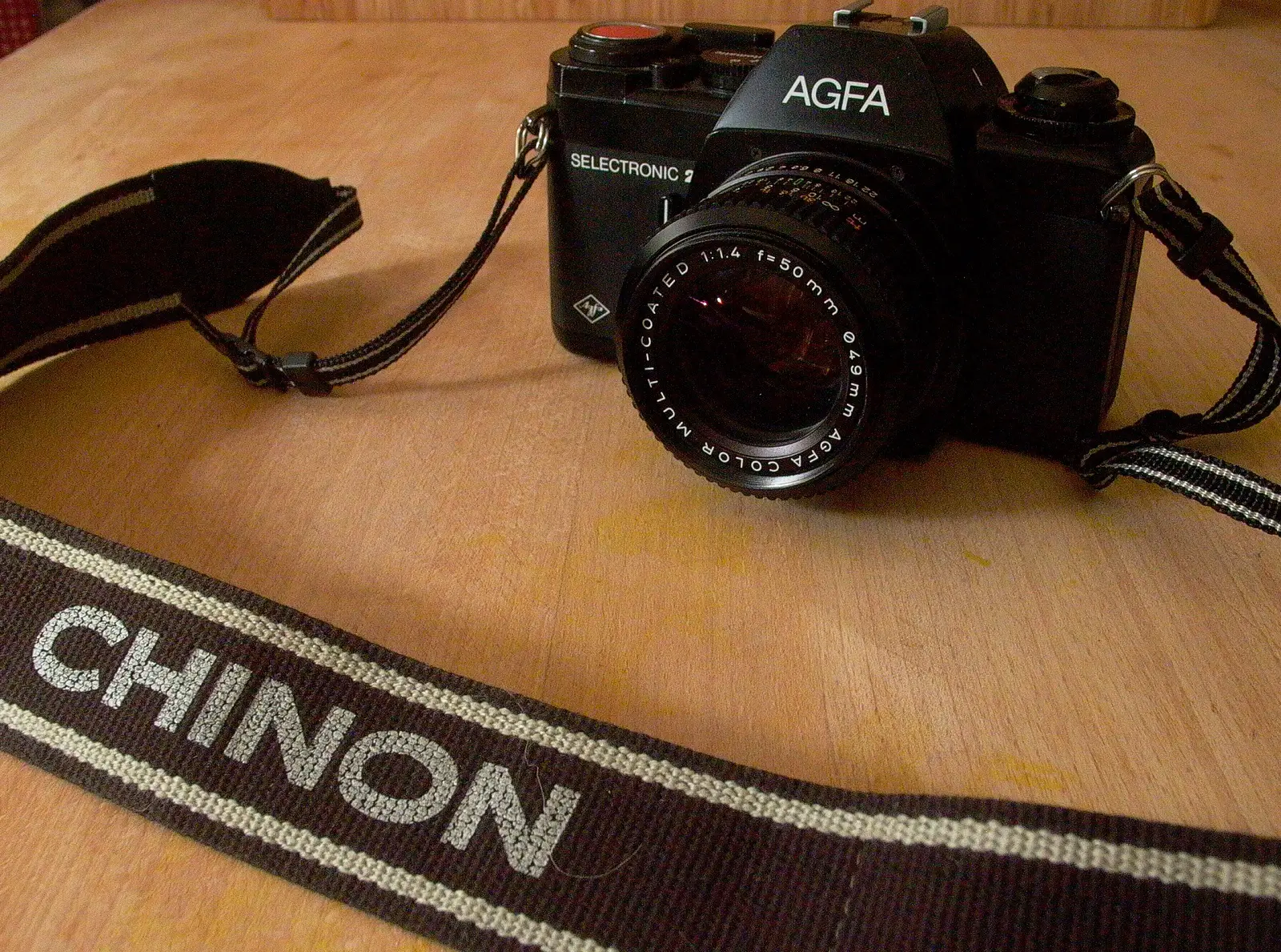








Comments
No comments found